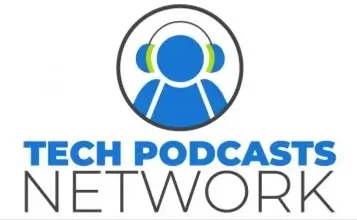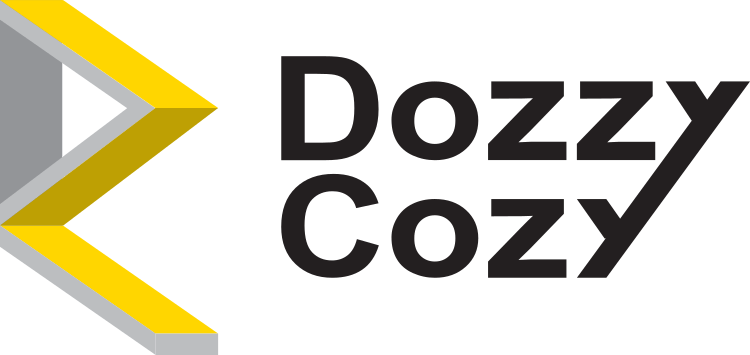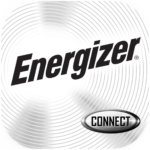In an era characterized by rapid technological advancements, the concept of home automation has gained significant traction. One of the most fundamental yet often overlooked components of this transformation is the light switch. Traditionally, light switches have served a simple purpose: to turn lights on and off. However, with the integration of artificial intelligence (AI) and advanced sensor technology, companies like Tewke are redefining what a light switch can do, paving the way for smarter, more efficient homes.
The Concept of the Smart Light Switch
The smart light switch, as envisioned by Tewke, is not merely a device for controlling lighting; it is a comprehensive home automation hub. The company’s flagship product, Tap, exemplifies this vision. Tap is a full touchscreen light switch that replaces traditional switches and integrates seamlessly with existing electrical systems. Unlike conventional switches, Tap features a beautiful OLED screen that provides users with an interactive experience. This innovation allows homeowners to control not only their lighting but also other aspects of their home environment, such as temperature and air quality.
Harnessing AI for Energy Management
One of the most compelling features of Tewke’s Tap is its ability to optimize energy consumption through AI automation. By utilizing advanced algorithms and data from multiple sensors, Tap can learn user behaviors and preferences, making real-time adjustments to improve energy efficiency. For instance, the device can automatically turn off lights in unoccupied rooms or adjust heating settings when no one is home. Such capabilities are not only convenient but also contribute to significant energy savings. Reports from the UK indicate that users can save nearly 50% on their energy consumption simply by allowing Tap to manage their home environment.
Tap goes beyond basic lighting control by incorporating a suite of sensors that monitor various environmental factors. These include Doppler radar for presence detection, microphones for voice commands, temperature sensors, and volatile organic compound (VOC) sensors. By analyzing this data, Tap can provide insights into the overall health of the home environment. For example, if elevated VOC levels are detected, the device can suggest practical actions, such as opening a window or using an exhaust fan. This proactive approach to home management empowers users to maintain a healthier living space without needing to sift through complex data.
User-Centric Design and Accessibility
The design philosophy behind Tap emphasizes user experience and accessibility. The touchscreen interface allows for intuitive interaction, making it easy for anyone in the household to engage with the device. Moreover, Tewke is exploring subscription models that would enable continuous software updates, ensuring that users benefit from new features and improvements over time. This approach not only enhances the longevity of the product but also fosters a sense of community among users who can share insights and experiences.
Addressing Practical Concerns
While the technological advancements presented by Tap are impressive, practical considerations also play a crucial role in its adoption. The initial cost of approximately $300 per unit may be a barrier for some consumers. However, the potential for long-term savings on energy bills and the convenience of enhanced home automation may justify the investment. Additionally, Tewke is developing more affordable versions of its product, such as capacitive touch modules without screens, to cater to various needs and budgets.
Conclusion
The reinvention of the light switch through AI technology represents a significant leap forward in home automation. By transforming a simple device into a smart home hub, companies like Tewke are not only enhancing user experience but also promoting energy efficiency and environmental health. As the demand for smart home solutions continues to grow, the integration of AI in everyday devices like light switches will play a pivotal role in shaping the future of our living spaces. The journey toward smarter homes has just begun, and innovations like Tap are leading the way.
Interview by Scott Ertz of F5 Live: Refreshing Technology.
Get $5 to protect your credit card information online with Privacy.
Amazon Prime gives you more than just free shipping. Get free music, TV shows, movies, videogames and more.
The most flexible tools for podcasting. Get a 30 day free trial of storage and statistics.
Podcast: Play in new window | Download
Subscribe: Apple Podcasts | RSS | More

 Everything is smart these days. Phones, watches, automobiles, and even refrigerators. So, what else is out there? Well, a few years ago
Everything is smart these days. Phones, watches, automobiles, and even refrigerators. So, what else is out there? Well, a few years ago 
 Home security is a top focus for a lot of people. The problem is that creating a safe and secure home can be challenging. You can buy pre-fabbed kits with connected sensors, but you end up locked into their ecosystem, but you’re required to monitor and respond to the alerts yourself. The other option is to go with an installed and monitored system, but you’re usually locked into their proprietary hardware, so if you ever want to change, you’re pretty much out of luck. Luckily,
Home security is a top focus for a lot of people. The problem is that creating a safe and secure home can be challenging. You can buy pre-fabbed kits with connected sensors, but you end up locked into their ecosystem, but you’re required to monitor and respond to the alerts yourself. The other option is to go with an installed and monitored system, but you’re usually locked into their proprietary hardware, so if you ever want to change, you’re pretty much out of luck. Luckily,  Healthy sleep can be a real challenge. For a lot of people, getting comfortable at night is nearly impossible. This is made even more problematic if you change positions throughout the night. Every time you move, your pillow is suddenly not supportive in the way you need it, especially if you do it while you are still asleep. Fortunately, there is a new pillow –
Healthy sleep can be a real challenge. For a lot of people, getting comfortable at night is nearly impossible. This is made even more problematic if you change positions throughout the night. Every time you move, your pillow is suddenly not supportive in the way you need it, especially if you do it while you are still asleep. Fortunately, there is a new pillow –  Every aspect of our lives is getting smarter. From our cars to our lightbulbs, we have the ability to turn things on and off, lock and unlock devices, and open and close our doors. One company that is getting serious about connecting one of the most high-profile aspects of our homes, our door locks, is
Every aspect of our lives is getting smarter. From our cars to our lightbulbs, we have the ability to turn things on and off, lock and unlock devices, and open and close our doors. One company that is getting serious about connecting one of the most high-profile aspects of our homes, our door locks, is  Connected homes have become a normal part of our lives, but they can be more frustrating than helpful. This is because not all of our devices work together. Unless you go out of your way, every item you add to your home uses a different app and runs on a different platform. You might get lucky and have access to them through a service like Alexa or Google Assistant, but that’s not guaranteed. Luckily,
Connected homes have become a normal part of our lives, but they can be more frustrating than helpful. This is because not all of our devices work together. Unless you go out of your way, every item you add to your home uses a different app and runs on a different platform. You might get lucky and have access to them through a service like Alexa or Google Assistant, but that’s not guaranteed. Luckily,  Smart home devices are becoming nearly ubiquitous, but there can often be huge costs involved. The products themselves can be expensive, they can require additional devices, like hubs, or even subscription services. But, one brand that has been ubiquitous for decades itself has taken on the challenge of making connected devices that avoid all of these financial issues:
Smart home devices are becoming nearly ubiquitous, but there can often be huge costs involved. The products themselves can be expensive, they can require additional devices, like hubs, or even subscription services. But, one brand that has been ubiquitous for decades itself has taken on the challenge of making connected devices that avoid all of these financial issues: